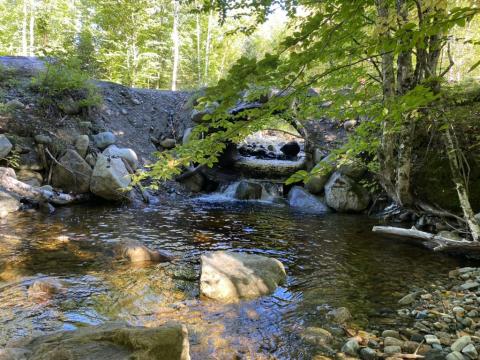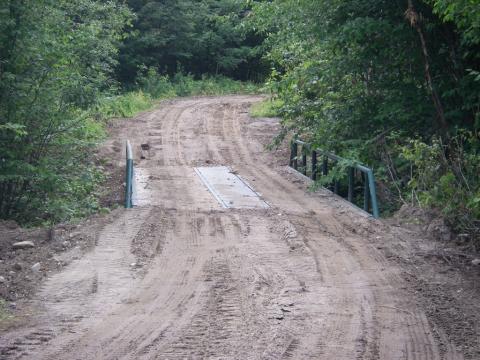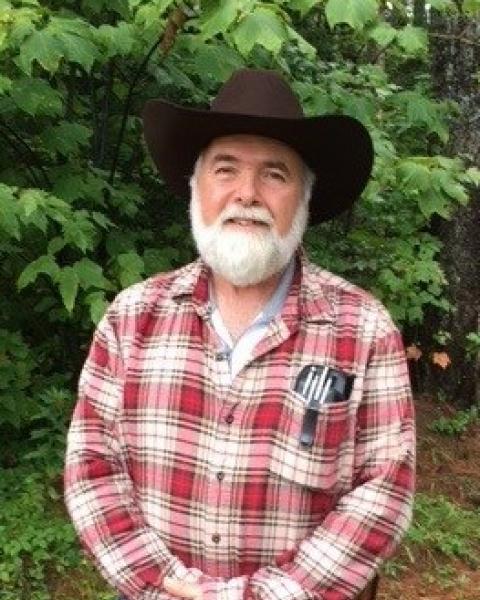Access Issues - Stream Crossing
Hello again folks! June, the month that should bring us summer! This month I want to talk a little about one topic that has come up on many of my woodlot visits, the topic of access. The specific access issue that I refer to is stream crossings. Crossing the variety of stream sizes and locations is rarely simple, often can be costly, and is always very important to do correctly, for a variety of reasons.
In our neck of the woods here in northern New Hampshire, we rarely can work around our respective land areas, without interacting in some way, shape, or form, with an area of running water. Some of these flows are perennial, meaning flows at all times, during all seasons; intermittent or seasonal, meaning that the flow is typically during the spring snow melt and rains, the fall rainy season, and even during some of those heavy summer storms that often occur; or perhaps ephemeral, which means that it rarely flows water except during heavy flow events, but otherwise show evidence that water does, or may, flow into streams.
Regardless of the size or classification of the stream to be crossed, the primary concerns are all the same. Every stream crossing must: maintain water quality and prevent sedimentation getting into the stream; maintain the existing characteristics of the channel itself, in other words no digging into the stream bed; and maintain the existing character, function, and stability of the stream banks. Another very important concern with all stream crossings is maintaining passage for any and all aquatic organisms.

There are essentially two types of stream crossings: temporary crossings: which are typically used during harvest operations for logging equipment to cross streams. These are not intended to stay in place much longer than the operation is planned to last and must be removed within two years of the installation. The other is permanent crossings: which are typically used for truck roads and permanent access to homes, camps, and woodlots. These are designed to remain in place for as long as the access is to be used.

Every stream crossing is unique and comes with their own special circumstances. Careful thought, planning, and design are extremely important to achieve the best possible outcome for both the landowner and the environment. Often when dealing with water in our forested settings, there are also wildlife considerations to think about and work with.

Consult with your forester when working in and around water, whether flowing or not. As your County Forester with UNH Cooperative Extension, I am available to assist with stream crossing plans and implementation and have resources available to help us all with the variety of considerations to think about. Our waterways are forever important to all of us, and it is our job to protect them as we continue to manage our forests.
Have a question about your woods? Contact your Extension County Forester today!
Do you love learning about stuff like this? Subscribe to the NH Woods & Wildlife Newsletter.
A quarterly newsletter providing private woodlot owners in New Hampshire with woodlot management news, pest updates, resources, and more.

